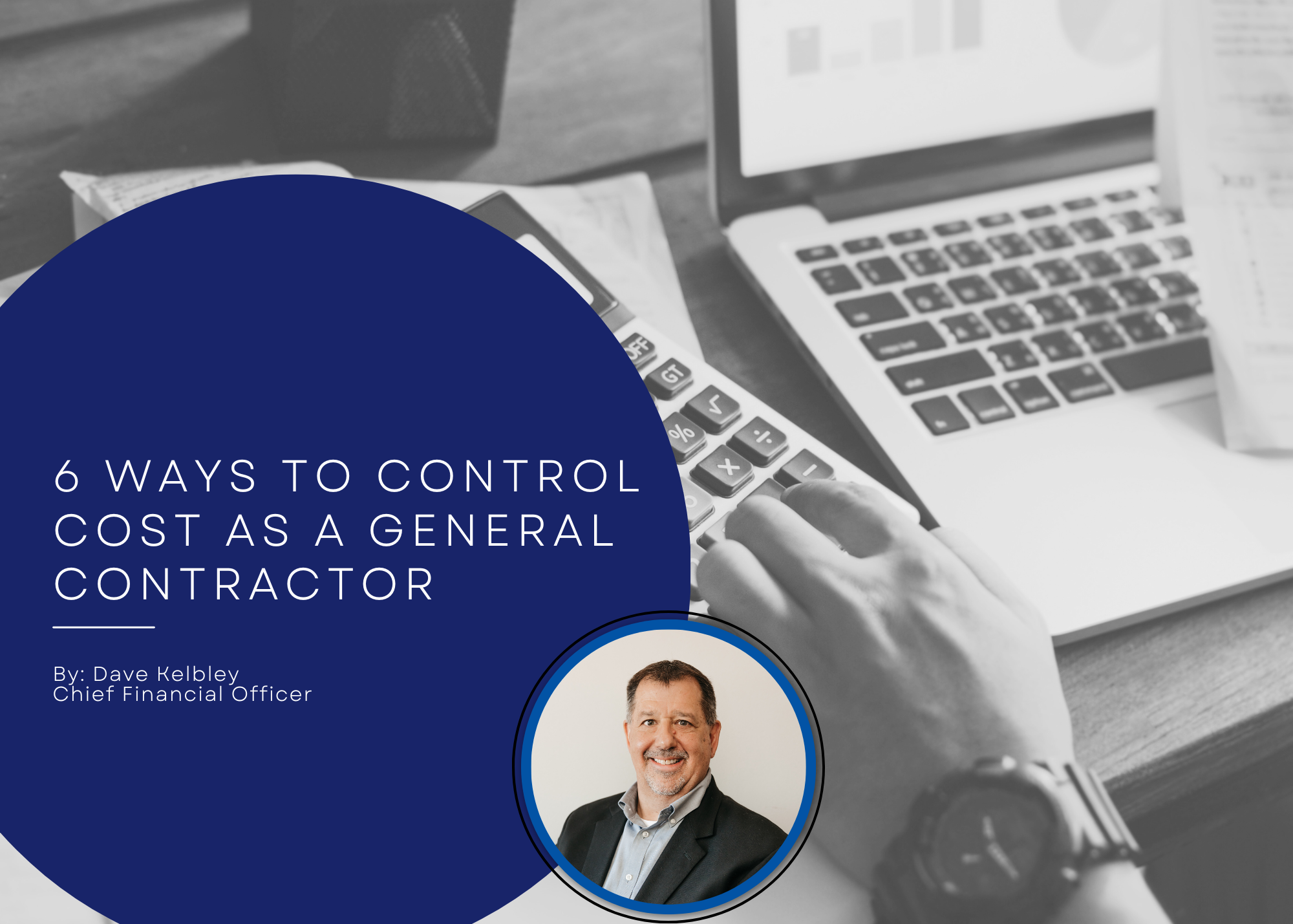As an industry leading, Senior Living and Multifamily General Contractor, we know that one of the primary concerns for most developers continues to be staying within budget. A crucial part of meeting these financial objectives is controlling costs from the start and maintaining that control throughout the life of the project. At The Douglas Company, we take this seriously and make a commitment to our clients to come up with the best price solution possible. Here’s six ways that we control costs as a General Contractor:
1. Development Planning & Leadership:
From the very moment we receive information about a new project, we begin to invest our time and resources into comprehensive planning and design. The work that’s done at this phase, looking into absolutely every detail of the project, lays the groundwork for keeping within budget and reducing surprises along the way.
Our leadership team works closely with architects, engineers, and the ownership team to do a detailed review of the plans we’ve received. From there, we can create a budget that accounts for all aspects of the project. This includes the size and layout of the facility, materials to be used, any potential challenges that may arise during construction and much more.
2. Value Engineering:
At The Douglas Company, value engineering isn’t just a buzzword. We strive to optimize costs without sacrificing quality. This involves evaluating all design and construction processes to identify areas where costs can be reduced without sacrificing functionality or safety. In some cases, these value engineering proposals can solve potential problems or improve overall value as well.
We recognize that our clients must have the right amenities, features, and systems included in their projects. However, we also understand that when design is done in a vacuum, overdesign can occur and we want to avoid that. Following our process and working closely with both the owner and the architect, The Douglas Company can provide everything the client wants, for the best value possible.
3. Risk Management:
An important part of our process is our Risk Assessment – a thorough examination that we complete to identify potential challenges that may arise during construction. This includes factors such as weather conditions, labor shortages, or unexpected site issues.
After this assessment is complete, we develop contingency plans and allocate a budget for unforeseen circumstances. This proactive method of risk management helps to prevent costly delays and overruns. The Douglas Company provides our clients peace of mind in knowing they have a trusted partner controlling every aspect of their risk; delivering a quality project, on-time, and within budget.
4. Bidding Process and Vendor Management:
Once the plans are in their final form, our bidding process begins. At The Douglas Company, we have a diverse network of subcontractors and vendors that we work with and solicit bids from. We carefully evaluate each proposal to ensure it matches the design requirements and scope for the project, requesting updates when necessary. After a thorough review, we select the subcontractors and vendors that are simultaneously the most qualified and most competitive for the job.
5. Operations Turnover:
At the point of being ready to commence construction, the project is turned over to our Project Operations team, who start prepping for the beginning stages and commencement of the actual start of construction. This will start with an Operations/Estimating Turnover meeting. This allows the Operations team to become familiarized with the Subcontractors and Vendors who have provided the best price solution with maintaining the proper building scopes that have been incorporated in the final set of construction drawings that will be used to complete the building process
6. Regular Monitoring and Reporting:
Our cost controlling measures don’t end when our preconstruction departments finishes up their part of the project. After Operations Turnover, we implement a robust project management system that includes regular monitoring and reporting of costs. This allows us to keep a close eye on the budget, comparing actual expenditures to the planned budget at regular intervals.
This is the stage of construction where our accounting team and I are heavily involved, with monthly in-depth reviews of each project. As the Chief Financial Officer, I work to identify both cost and billing variances and take corrective action promptly. Regular reporting allows both General Contractor and Developer to make informed decisions and adjust the project as needed to stay within budget.
Effective cost control requires ongoing attention throughout the entire construction process. Regular communication and collaboration among project stakeholders, along with a commitment to transparency, are essential for successful cost management in senior living construction projects.

Dave Kelbley
Chief Financial Officer
The Douglas Company
